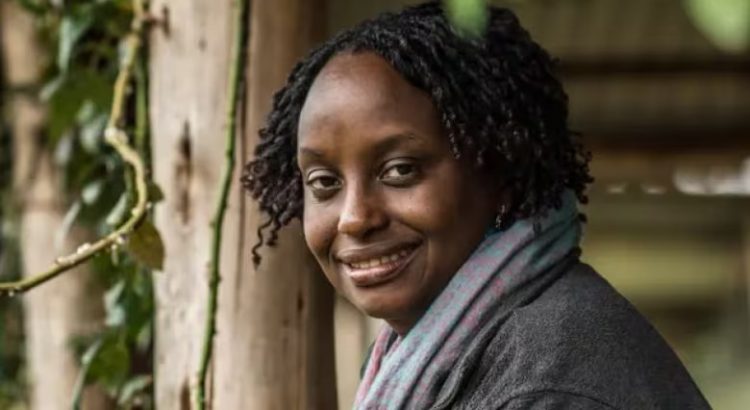SOURCE: CBC
Dr. Gladys Kalema-Zikusoka is Uganda’s first wildlife veteranarian
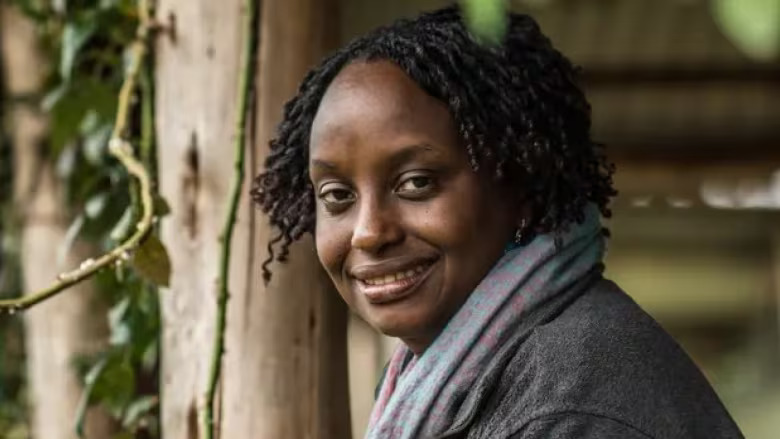
The plight of mountain gorillas is well documented. But it’s a story with some recent — if qualified — good news. In 2018, as their population topped 1,000, they were removed from the critically endangered list and their status upgraded to just endangered. That positive step was due, in no small part, to Ugandan veterinarian Dr. Gladys Kalema-Zikusoka.
Dr. Kalema-Zikusoka overcame many obstacles to become her country’s first wildlife veterinarian, and she has proved to those who doubted that a Black woman could become a leading figure in conservation.
Her working home is Bwindi Impenetrable National Park, home to roughly half of the world’s mountain gorillas. But early on she also realized that to help the animals and keep them free from disease and poaching, she needed to also help their human neighbours, launching successful initiatives to improve the health and well-being of the people living around the park.
Dr. Kalema-Zikusoka spoke with Quarks & Quirks‘ host Bob McDonald about her new book Walking With Gorillas, The Journey of an African Wildlife Vet. Here’s part of their conversation.
When did you first dream of becoming a wildlife veterinarian?
I would say that I first started dreaming about it while setting up the wildlife clubs in my high school in Uganda. We had an opportunity to visit Queen Elizabeth National Park, which was one of the first parks to be created in the 1950s. And when we got there, we were able to take walking safaris because there were no more predators. They had been killed. And so I felt disappointed that there wasn’t as much wildlife as I expected to see.
And I felt that maybe by becoming a vet who works with wildlife, we can bring the wildlife back to its former glory. Uganda used to be called the Pearl of Africa by Sir Winston Churchill a few decades before that. And the wildlife was depleted during the Idi Amin era, it’s unfortunately Uganda was no longer teeming with wildlife.
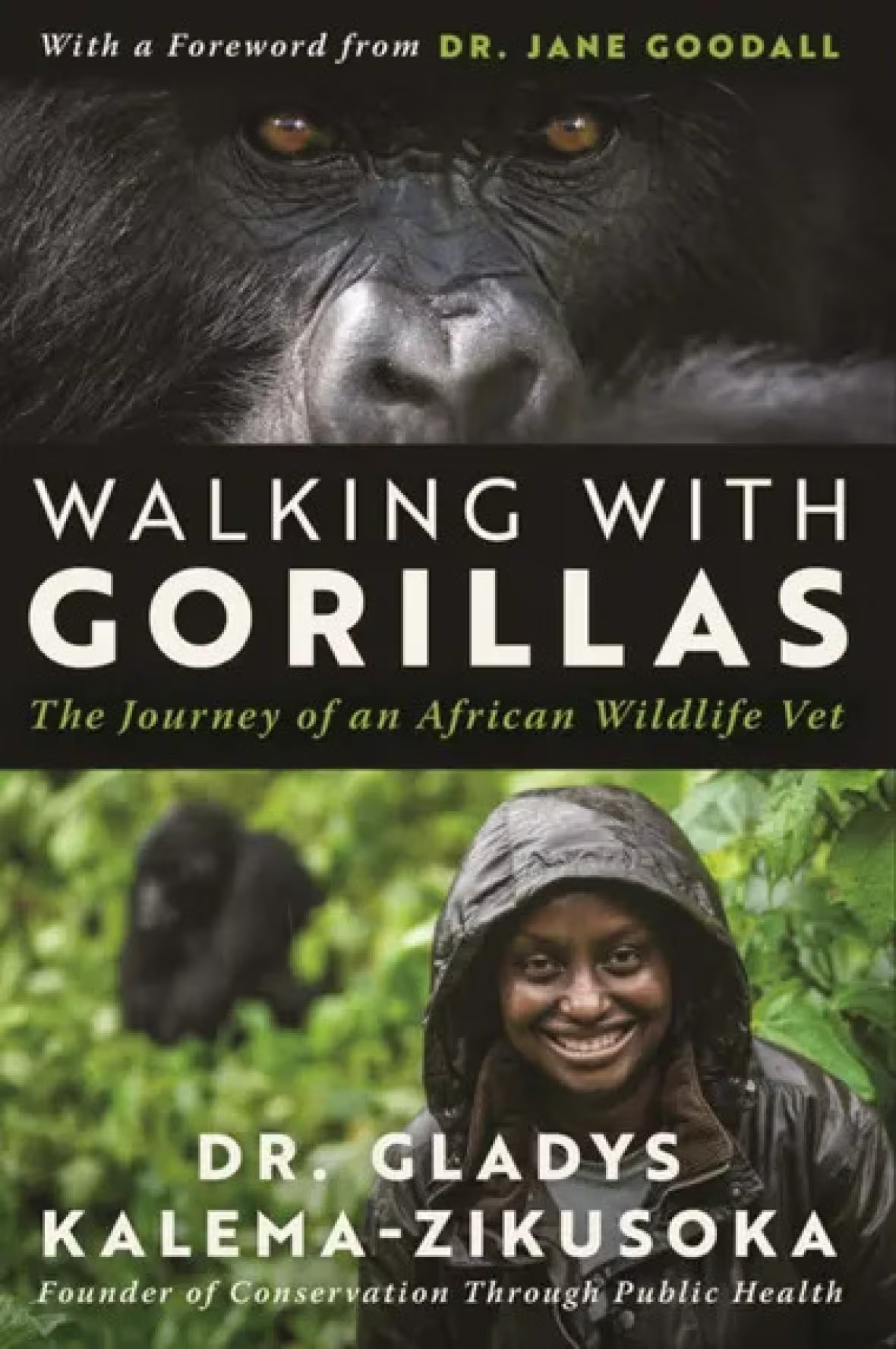
Conservation was not a huge concern in Uganda when you were young. Tell me about that.
My dad was abducted by Idi Amin when I was two years old. He was a prominent minister in the government directly after independence and he targeted prominent people. My mom was also arrested a number of times. So that was a dark period of Uganda history, unfortunately. And Idi Amin didn’t care much about wildlife. He even used to hunt wildlife in the national parks. It was a time when people never really had time for wildlife and so many animals were poached because no one really cared about wildlife around that time. It was a time of desperation.
You write that before your arrival, injured or sick animals were killed because there was no other solution. And then you arrived not only with expertise but with an aim to change the attitudes about conservation. How difficult was that?
At that time in Uganda it was probably a little easier for me to change people’s attitudes because I’m from Uganda. But I could say that having been hired as the first vet for the wildlife authority, people used to see me coming to treat gorillas and already they were beginning to benefit from gorilla tourism. Their lives were already beginning to be transformed because some of the tourism revenue was being shared with the local community. Ninety per cent of the park staff were hired from the local community and some of them were porters carrying tourist luggage. Others could sell crafts and food and accommodation. So people were happy that I was out there keeping the gorillas healthy and tourists were able to come.
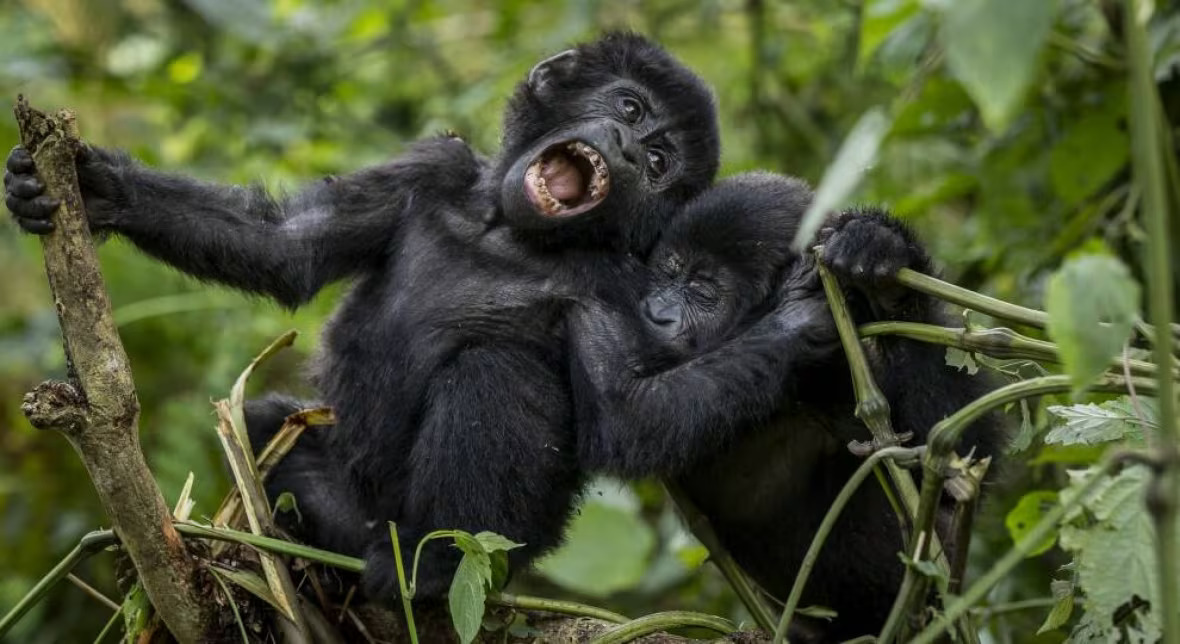
Poaching has been a way of life there. Tell me about the “born again poachers.”
The born again poachers (laughs). A lot of the rangers who are hired used to be hunters or poachers. One of them even told me that they got tired of arresting him and they just hired him as a tracker. But that makes sense. He knows how to find gorillas, right? Actually even one of our staff confessed to me that he used to be a hunter and so did his parents and grandparents. So it really was a way of life. And engaging them in conservation is now giving them a more meaningful and regular way of life. So we call them born again poachers.
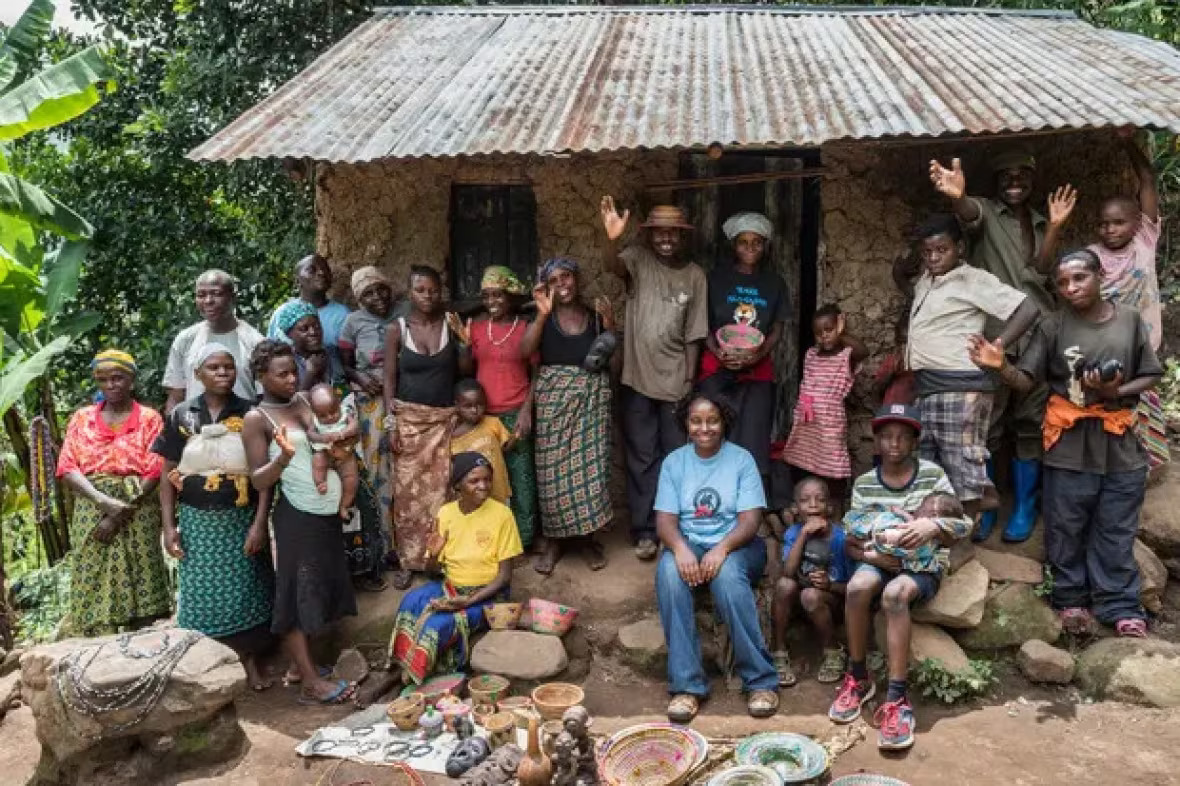
An important initiative you launched is called, “Conservation through Public Health.” What does that mean?
Conservation Through Public Health is a non-profit we began when people started to make gorillas sick. One of the first cases I had to deal with was skin disease in the mountain gorillas and it was traced to people living around the park where they had very little healthcare. The infant gorilla died of scabies and the others only recovered with treatment. And this made me realize that you couldn’t keep the gorillas healthy without improving the health of their human neighbours.
So after a few years working at the wildlife authority, we met with the local communities. And they came up with amazing solutions that work best in the community because they came up with them and they’re finding their own way of solving their problems and are owning it. And some of it included bringing health services closer. A lot of them live 20 miles away with no public transportation, and when someone falls sick, you have to carry them on a stretcher. This year we’re celebrating 20 years of Conservation Through Public Health, which is very exciting.

Earlier in your journey, as you call it, you refer to the endless possibilities that lay ahead for changing the world. Do you feel you have succeeded in that?
I’d say that I’ve succeeded in changing the world, but there’s still more things to be done.
You know, the mountain gorilla population has almost doubled over the past 25 years. Local communities around the protected areas where we work are embracing conservation, the former poachers, the children and the whole country are seeing mountain gorillas as important. In fact, the 50,000 shilling note has a mountain gorilla on it.
During the pandemic, the president of Uganda actually said we can open up for tourism after four months, but not to the gorillas and chimpanzees yet because we don’t want to make our cousins sick. Let’s first have enough protocols in place. And I was very happy to hear that because even right up to the top leadership in the country, they realize how important the gorillas and the great apes are.
This interview has been edited for length and clarity. Produced by Mark Crawley.
